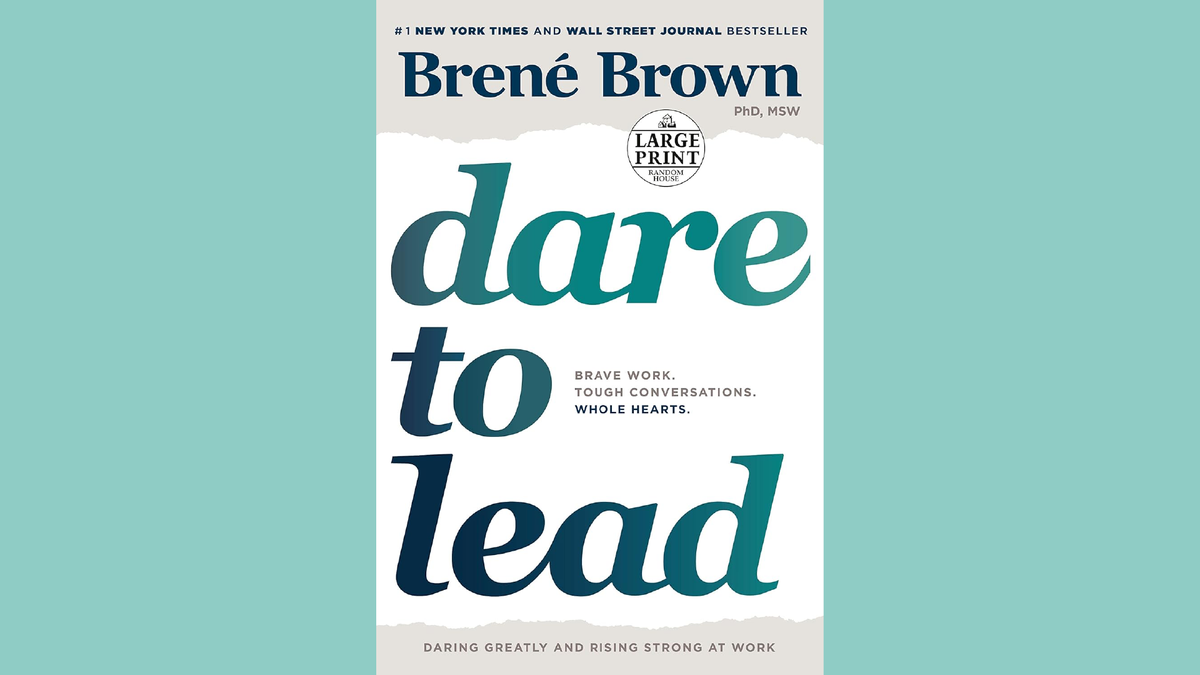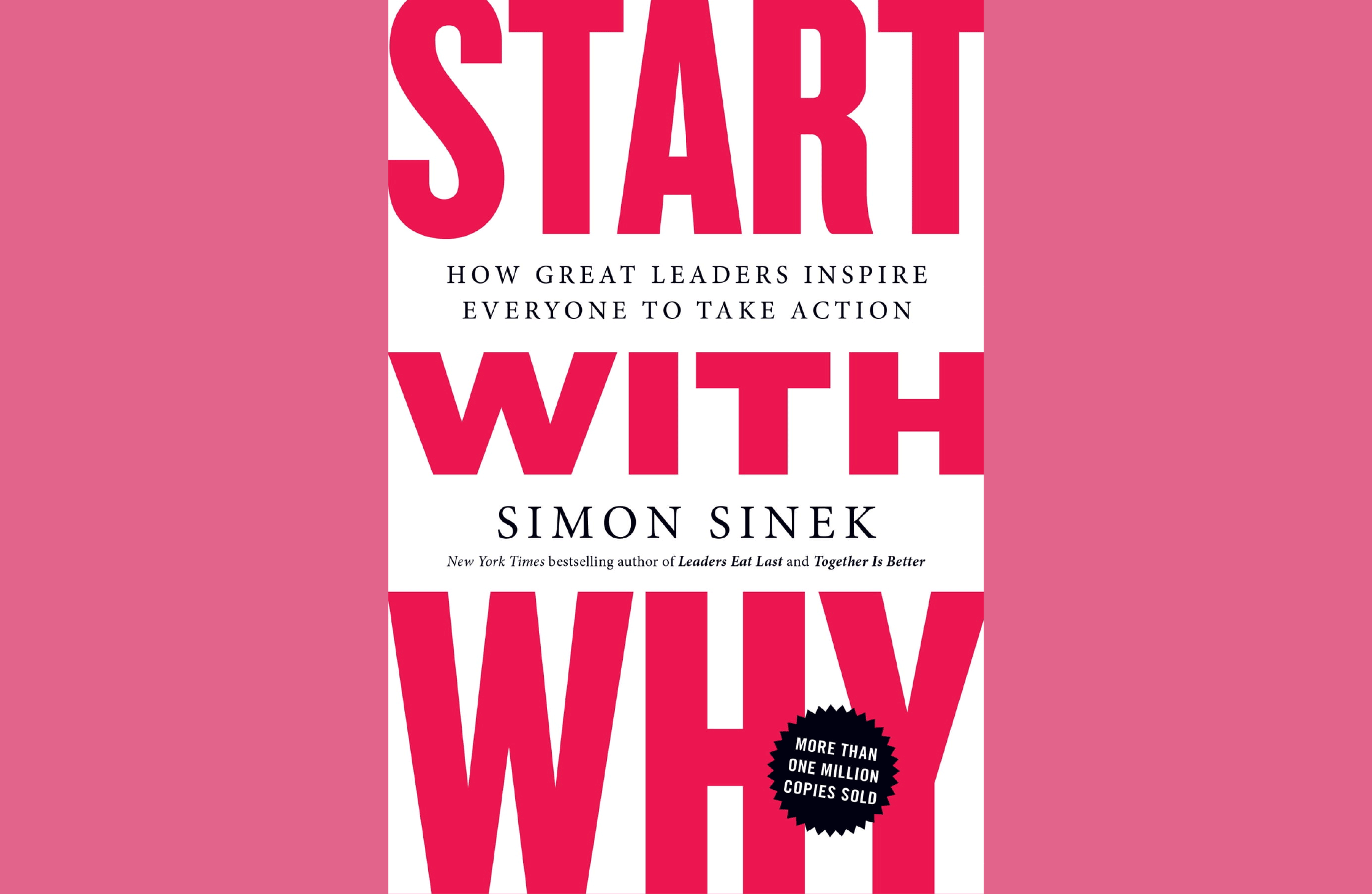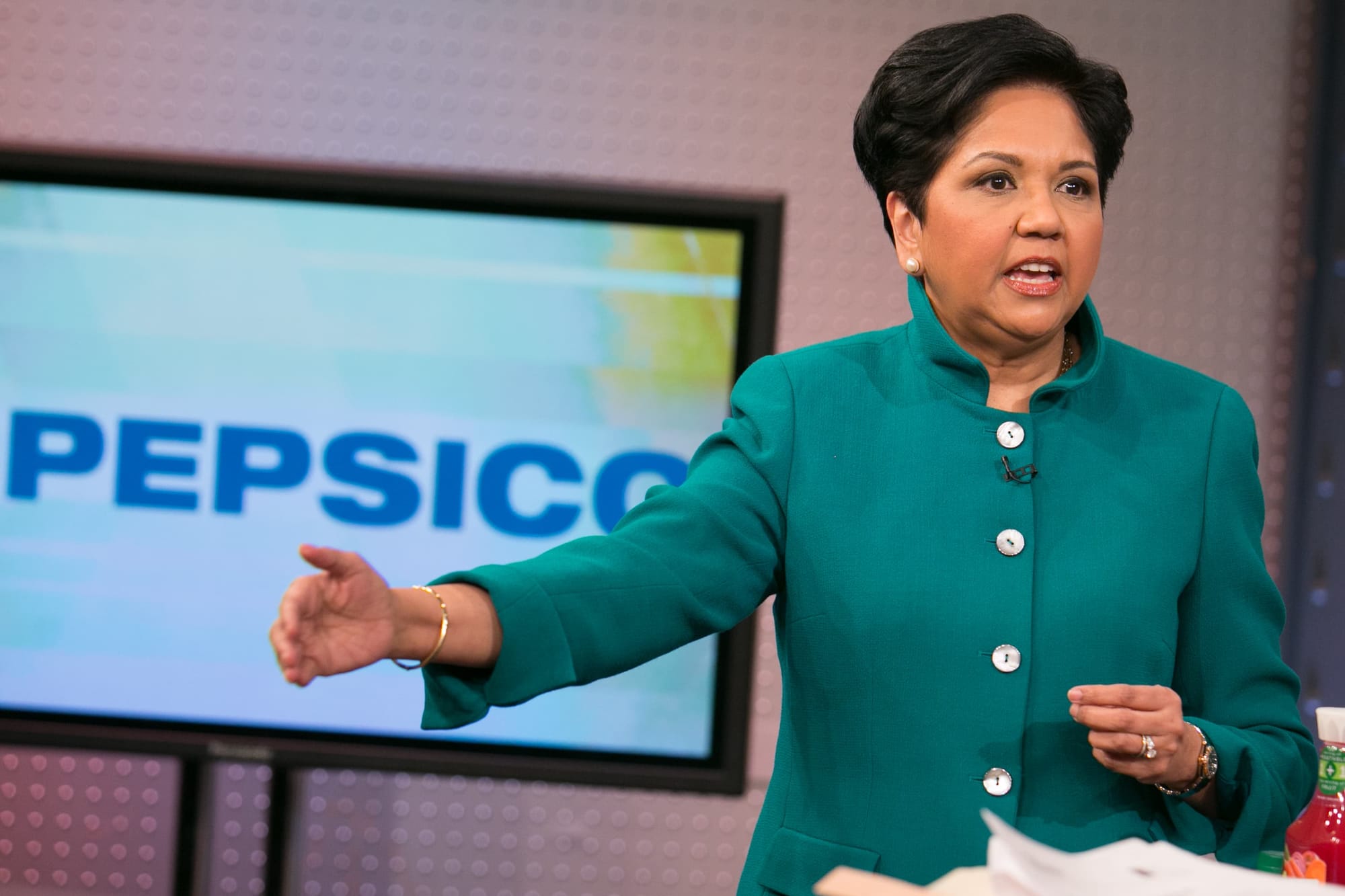The Entrepreneur’s Journey: Navigating the Ultimate Leadership Test
Discover the ultimate test of leadership in entrepreneurship—how vulnerability, empathy, and trust can transform your business. Learn valuable insights from Brené Brown and Simon Sinek and personal experiences of overcoming challenges.

In every entrepreneur's journey, there’s always that defining moment— when you're pushed to your absolute limits. It's the ultimate test, the "Resurrection" moment in the Hero’s Journey. This is when everything is on the line, the pressure feels insurmountable, and your decisions will shape the future of your business. It’s a life-or-death situation where everything you’ve built is tested and a moment that redefines you as a leader.
But what separates those who make it from those who don’t? I believe it's how we show up in those moments—how we find the courage to lead through crises, transform under pressure, and come out the other side even more vital. This is when leadership becomes more than just about strategy or numbers; it’s about vulnerability, empathy, and trust. These values are central to extraordinary leadership and are beautifully articulated in Brené Brown’s "Dare to Lead." Simon Sinek’s "Leaders Eat Last"—two books profoundly shaped my leadership approach.

The Final Challenge: Facing the Brink Head-On
Every entrepreneur has that moment when the stakes couldn’t be higher. Maybe it’s an investor backing out at the worst possible time, a market crash jeopardizing everything, or needing to pivot your business model overnight. This is the final challenge—everything you’ve worked for could come undone.
I remember my moment back in 2008. The financial crisis hit hard. I led Tribal DDB in London, responsible for over 100 people, and business had ground to a halt. Instead of hiding or pretending everything was fine, I gathered the entire company in a town hall meeting. I admitted the gravity of the situation—I didn’t have all the answers—and asked for help. What happened next was incredible. Everyone rallied together, bringing new energy and ideas, and we avoided significant layoffs. That experience showed me the power of vulnerability and transparency in leadership.
"Leadership isn’t about having all the answers. It’s about having the courage to ask for help and the vision to unite others in times of uncertainty."
Brené Brown discusses this type of bravery in "Dare to Lead." It’s about showing up authentically, even when you don’t have the solutions, and trusting that your team will step up. This moment tests your character as a leader, forcing you to lean into the discomfort.
As Simon Sinek emphasizes in "Leaders Eat Last," when you create a Circle of Safety—an environment where people feel trusted and supported—they will give their best, especially in times of crisis. Your team becomes your greatest strength.

Life or Death: Thriving Under Pressure
There's no room for hesitation when your business faces a life-or-death moment. It’s about making decisions quickly, knowing full well that the survival of the company, and possibly your reputation, depends on it.
I’ve seen this play out in the stories of leaders like Howard Schultz of Starbucks, who faced a defining moment in the late '80s when his business was on the verge of collapse. He took the risk of borrowing money and convinced investors to believe in his vision. That moment, where he embraced vulnerability, saved the company and eventually made Starbucks a global success.
As entrepreneurs, we often think we need to have all the answers, but courageous leadership means admitting when we don’t. In those high-stakes moments, we have to build trust with our teams, lean into collaboration, and ask for support. That’s where real innovation and resilience are born.
"In the crucible of crisis, true leaders aren’t the ones who avoid the heat—they’re the ones who forge a path forward by leaning into vulnerability and trust."
Transforming as a Leader: Emerging Stronger
Surviving a crisis doesn’t just save your business—it transforms you as a leader. That’s the real power of the Resurrection phase. You come out the other side with a more profound sense of who you are and what it means to lead.
Take Reed Hastings from Netflix as an example. In 2011, when Netflix lost 800,000 subscribers because of a massive PR blunder, Hastings didn’t hide from the mistake. He acknowledged it, listened to customer feedback, and reversed the decision. That moment transformed him into a more customer-focused and empathetic leader, setting Netflix on a path to even greater success.
Every crisis has been an opportunity to grow personally. I’ve realized that vulnerability isn’t just a buzzword—it’s a leadership strength. When I embrace empathy and transparency with my team, we thrive together.
"The strongest leaders emerge not from their victories, but from their willingness to embrace failure, learn from it, and rise transformed."
As Simon Sinek points out, this transformation means shifting from a self-centered leadership style to a people-centered one. The more we prioritize the needs of our team, the more loyalty and trust we build, creating a culture that can withstand anything.

Restoring Balance: Building a Stronger Foundation
After overcoming the crisis, you don’t just return to business as usual. You come out with a clearer vision, more stable footing, and a stronger and more united team. Restoring balance means you’ve learned from the challenges and are now applying those lessons to build a more resilient business.
I’ve seen this play out firsthand. After the 2008 crisis, we didn’t just survive—we thrived. We refined our strategy, built stronger client relationships, and created a more collaborative culture.
"In every storm, there’s a lesson. The leader who rebuilds with wisdom learned from the storm is the one who creates a legacy of resilience."
Brown would call this the result of empathetic leadership—where people feel empowered and supported. This is when innovation thrives because everyone feels they have a stake in the business's success. Sinek’s idea of reinforcing the Circle of Safety keeps your team motivated and working toward a shared vision.

Synergy: Aligning Purpose with Growth
One of the greatest lessons I’ve learned is that magic happens when your personal growth and business success are aligned. For me, Apollo Advisors is more than just a business—it reflects my life’s purpose. Helping leaders discover, develop, and drive their ventures is what I’m passionate about. So when I read a new book, explore a new idea, or adopt a new framework, I’m not just helping myself—I’m helping my clients grow, too. This alignment makes my work incredibly fulfilling, and I couldn’t be happier.
"When your passion and purpose align with your business, you’re no longer just building a company—you’re building a life of fulfillment."
Brown and Sinek discuss leadership synergy when one's transformation mirrors the growth of one's business. Leading with vulnerability, authenticity, and purpose creates a culture where everyone rises together.
Rebirth and Recommitment: Leading with Renewed Purpose
Once you’ve faced your biggest challenge, you emerge with a renewed commitment to your mission. You’re more robust, focused, and ready to take your business to the next level.
Steve Jobs embodies this idea. After being ousted from Apple in 1997, he returned to lead the company out of near-collapse. By recommitting to Apple’s core mission of innovation and design, Jobs transformed the company into a global powerhouse.
Every crisis I’ve faced has renewed my sense of purpose. I’ve recommitted to Apollo Advisors, my team, and the leaders I serve with even more passion and drive.
"Every crisis carries the seed of rebirth. The leader who recommits with clarity and purpose after the storm is destined to rise even higher."
In "Dare to Lead," Brown highlights the importance of reconnecting with your values after a crisis, and Sinek emphasizes that true leaders serve their teams first. After weathering the storm, you can guide your team with newfound clarity and energy.
Conclusion: Rising to Your Ultimate Test
The Resurrection phase of entrepreneurship is where authentic leadership is tested. It’s about more than just getting through the crisis—it's about transforming as a leader, building a culture of trust, and aligning your personal growth with your business’s success.
Every crisis has been an opportunity to evolve, both as a person and a leader. By embracing vulnerability, empathy, and a commitment to serving my team, I’ve found that the challenges I face only make me and my business more robust. Brené Brown’s "Dare to Lead," and Simon Sinek’s "Leaders Eat Last" have taught me that leadership is about creating an environment where everyone feels safe, empowered, and motivated to perform at their best.
So, the next time you face your defining moment, remember: It’s not just a test—it’s your opportunity to rise, lead, and transform. You’ve got this!

Case Study: Indra Nooyi - Pioneering Change and Cementing Legacy at PepsiCo
Background:
Indra Nooyi, former CEO of PepsiCo, is renowned for her transformative leadership. This leadership steered PepsiCo through periods of substantial change and solidified her legacy as a visionary in the corporate world. Her tenure at PepsiCo is a prime example of how a leader can face the final challenge of "The Resurrection," ensuring their business survives and thrives and sets a benchmark in the industry.
Nooyi implemented a strategic shift toward healthier products, even when it wasn't the most popular decision with investors. She maintained her commitment to PepsiCo’s long-term sustainability while creating a culture of innovation and responsibility. By staying true to her values and guiding her team through challenges, Nooyi transformed PepsiCo into a leader in health-conscious consumer products while maintaining its dominance in the snack and beverage industries.
Her journey exemplifies the power of a renewed commitment to purpose and shows how transformative leadership can build a legacy for generations.


